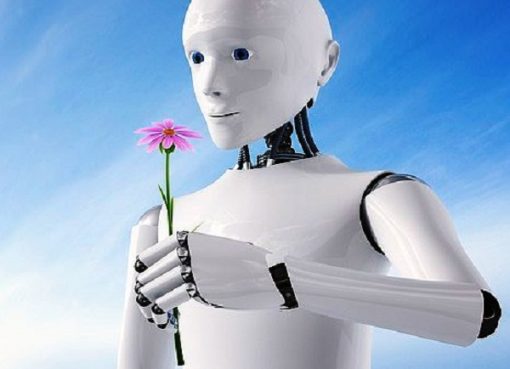By introducing inclusive approaches to research and development, we can ensure that technology works for all and is a positive advancement for medicine.
Transforming practice in medicine will always be a challenge. We doctors study for a long time to specialise in a certain area of medicine, and this makes us both extremely passionate about our field but also sometimes blinkered to a certain way of doing things.
But there’s also the important matter of the safety of our patients to consider. Historically tried and tested methods will always feel the safest and least risky option.
However, we must remain open to the possibility that new technologies, such as AI, can help diagnose issues earlier and faster, with greater accuracy and less variability, thus freeing up the time used doing manual tasks to help put more focus on the patient.
A smarter machine for a healthier heart
Running a tech company was never part of the plan; I’m more of an accidental entrepreneur.
My husband and co-founder received a worrying diagnosis about his heart during a routine check one day. He was immediately referred for an echocardiogram (ultrasound of the heart), only to be told “abnormal” by one doctor and “normal. You have nothing to worry about” by a second doctor; both are reading the same images of his heart.
The discrepancy between the two diagnoses and the highly manual process, and the high margin for error of reading the images struck James. He immediately saw the potential of automating the process and removing any guesswork from reading echocardiograms and giving accurate diagnoses.
Admittedly, I was sceptical at first. I’ve spent decades in this field studying to become a professor of cardiology, and there are so many different technical aspects to consider. Still, I came to realise that AI can be so advanced that it can automatically trace the heart’s borders, recognise widths, and all the other crucial measurements necessary to read an echocardiogram.
Similar platforms are partially automated, which means humans still need to manually select the correct image or pinpoint a specific landmark of the heart before the system can read the image.
We were determined to create an end-to-end, fully automated tool, thereby freeing doctors from manual, repetitive, error-prone tasks yet leaving them in full control and with time to focus on matters that require their specialised eye.
The platform improves clinical decision making and cardiovascular research. It recognises 23 echo parameters of the heart and produces a report of a full suite of the basic variables needed for a standard adult transthoracic echocardiogram evaluation that is accessible to non-specialists and affordable.
Advocating an inclusive approach
In order to produce the best possible product, we put a big emphasis on diversity, equity, and inclusion.
Suppose there are any sex-specific cutoffs, for instance. In that case, we include both men’s and women’s information in the AI, rather than defaulting to the male model as representative of both genders, which has traditionally been the approach.
So by introducing new technology and ensuring all approaches to research and development are inclusive, we can ensure the technology works for all and is a positive advancement for medicine.
Reaching goals, one echo at a time
It’s safe to say that machines will only become smarter and more powerful in our fight against diseases. But the world of medicine should lean in to harness the power of new technology to increase doctors’ efficiency, cut down on human error, and ultimately save even more lives.
Source: e27










